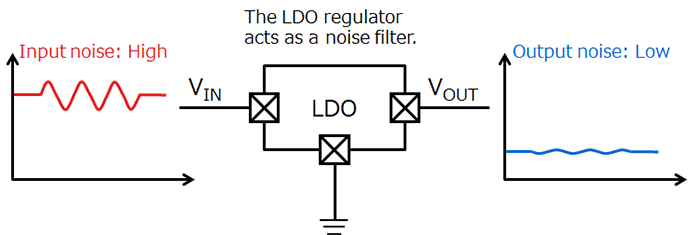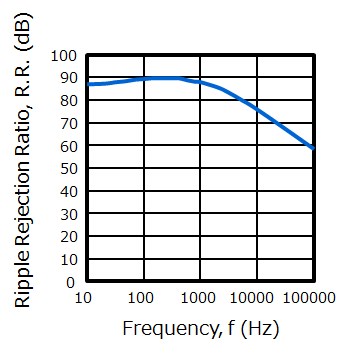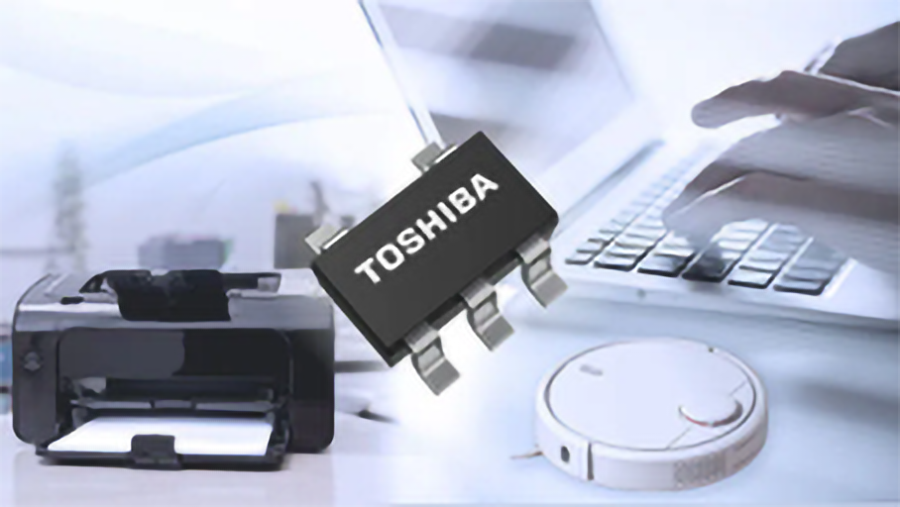- General Top
- SEMICONDUCTOR
- STORAGE
- COMPANY
-
My ToshibaSemicon
- Semiconductor Top
-
ApplicationsAutomotive
Body Electronics
xEV
In-Vehicle Infotainment
Advanced Driver-Assistance Systems (ADAS)
Chassis
IndustrialInfrastructure
BEMS/HEMS
Factory Automation
Commercial Equipment
Consumer/PersonalIoT Equipment
Healthcare
Wearable Device
Mobile
Computer Peripherals
-
ProductsAutomotive Devices
Discrete Semiconductor
Diodes
Transistors
Logic ICs
Analog Devices
Digital Devices
Wireless Devices
※
: Products list (parametric search)
Power SemiconductorsSiC Power Devices
※
: Products list (parametric search)
Isolators/Solid State RelaysPhotocouplers
Digital Isolators
Solid State Relays
Fiber Optic Transmitting Modules
※
: Products list (parametric search)
MOSFETsIGBTs/IEGTsBipolar Transistors※
: Products list (parametric search)
Diodes※
: Products list (parametric search)
MicrocontrollersMotor Driver ICsIntelligent Power ICs※
: Products list (parametric search)
Power Management ICsLinear ICs※
: Products list (parametric search)
General Purpose Logic ICsLinear Image SensorsOther Product ICsOther Product ICs
※
: Products list (parametric search)
-
Design & Development
Design & Development
Innovation Centre
At the Toshiba Innovation Centre we constantly strive to inspire you with our technologies and solutions. Discover how to place us at the heart of your innovations.
-
Knowledge
Knowledge
Highlighted Topics
Further Materials
Other
- Where To Buy
- Part Number & Keyword Search
- Cross Reference Search
- Parametric Search
- Stock Check & Purchase
This webpage doesn't work with Internet Explorer. Please use the latest version of Google Chrome, Microsoft Edge, Mozilla Firefox or Safari.
require 3 characters or more. Search for multiple part numbers fromhere.
The information presented in this cross reference is based on TOSHIBA's selection criteria and should be treated as a suggestion only. Please carefully review the latest versions of all relevant information on the TOSHIBA products, including without limitation data sheets and validate all operating parameters of the TOSHIBA products to ensure that the suggested TOSHIBA products are truly compatible with your design and application.Please note that this cross reference is based on TOSHIBA's estimate of compatibility with other manufacturers' products, based on other manufacturers' published data, at the time the data was collected.TOSHIBA is not responsible for any incorrect or incomplete information. Information is subject to change at any time without notice.
require 3 characters or more.
How can a low-noise power supply be created using an LDO regulator?

If input voltage (VIN) has noise such as ripples, it is advisable to select an LDO regulator with a high ripple rejection ratio (R.R.).
R.R. is a figure of merit that represents the capability of an LDO regulator to filter out the ripples superimposed on VIN from the output.
Use R.R. as a guide when using an LDO regulator in analog and other highly noise-sensitive circuits. In cases where an LDO regulator is preceded by a DC-DC converter, an LDO regulator with a higher R.R. is more suitable for CMOS sensor and other high-precision analog circuits because a high-R.R. LDO regulator provides an excellent noise suppression capability. The ripple rejection ratio is calculated as follows:

R.R. varies with ripple frequency. R.R. decreases as ripple frequency increases.
The R.R. curve shown in Figure 2 indicates that 200-Hz ripples can be suppressed to roughly 1/30000th whereas 100,000-Hz ripples can be suppressed to only roughly 1/800th.
The ripple rejection ratio is also called the power supply rejection ratio (PSRR) or the supply voltage rejection ratio (SVRR).

Related Links
The following documents also contain related information.



